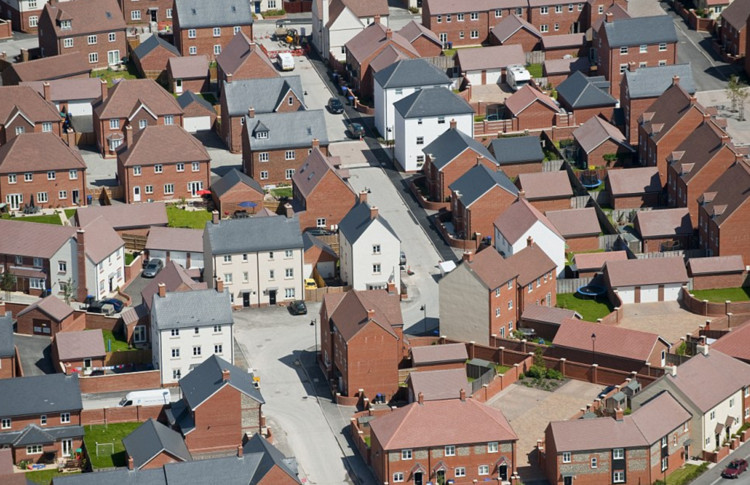
In his essay "Figures, Doors and Passages", the architectural historian Robin Evans described how "it is difficult to see in the conventional layout of a contemporary house anything but the crystallization of cold reason. Because of this," he asserted, "we are easily led into thinking that a commodity so transparently unexceptional must have been wrought directly from the stuff of basic human needs." His words, which highlight the passive approach of designers, developers and dwellers when it comes to the vast majority of British housing being built today, were first published in 1978 – two years before the Conservative government under Margaret Thatcher introduced the 1980 Housing Act.
This legislation gave council house tenants the legal 'Right to Buy' the homes in which they lived and rented, offering those who had lived in their home for up to three years a 33% discount on its market value. By 1995, the majority of the UK's social housing stock were in private hands and Britain—for the first time in more than a century—became a nation of homeowners. As wealthy landlords took advantage of property-going-cheap, house values soared. Homes worth around £50,000 ($75,000) in the early-1990s were being sold for £250,000 ($370,000) in 2013 as local authorities slowed their affordable housing ambitions in favour of large-scale private development companies.


